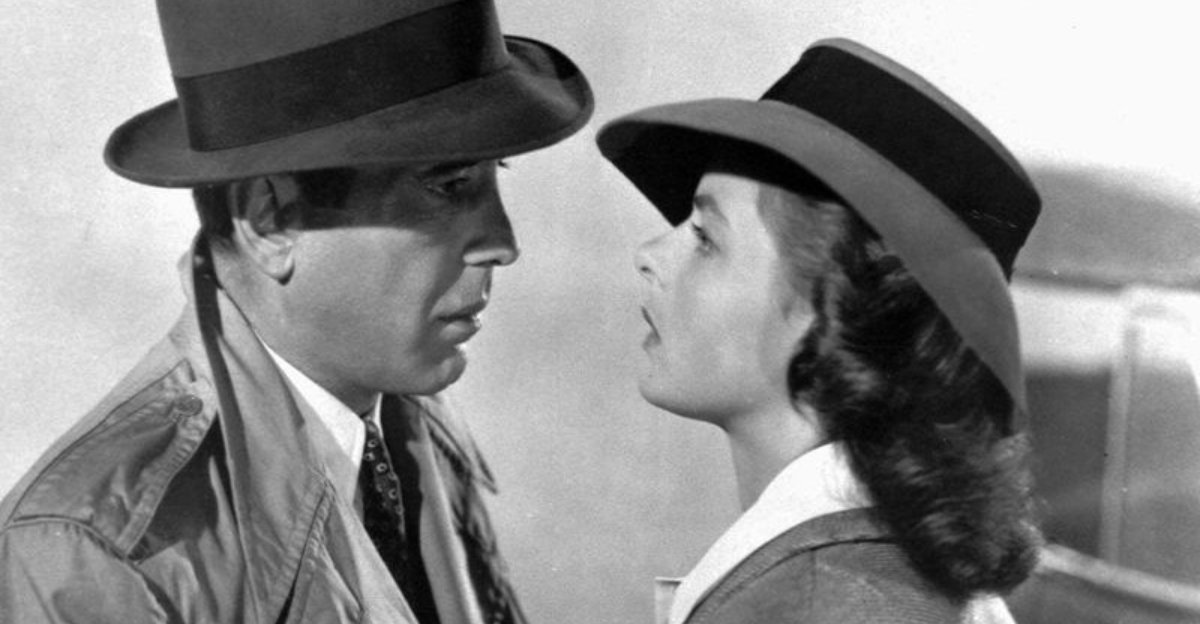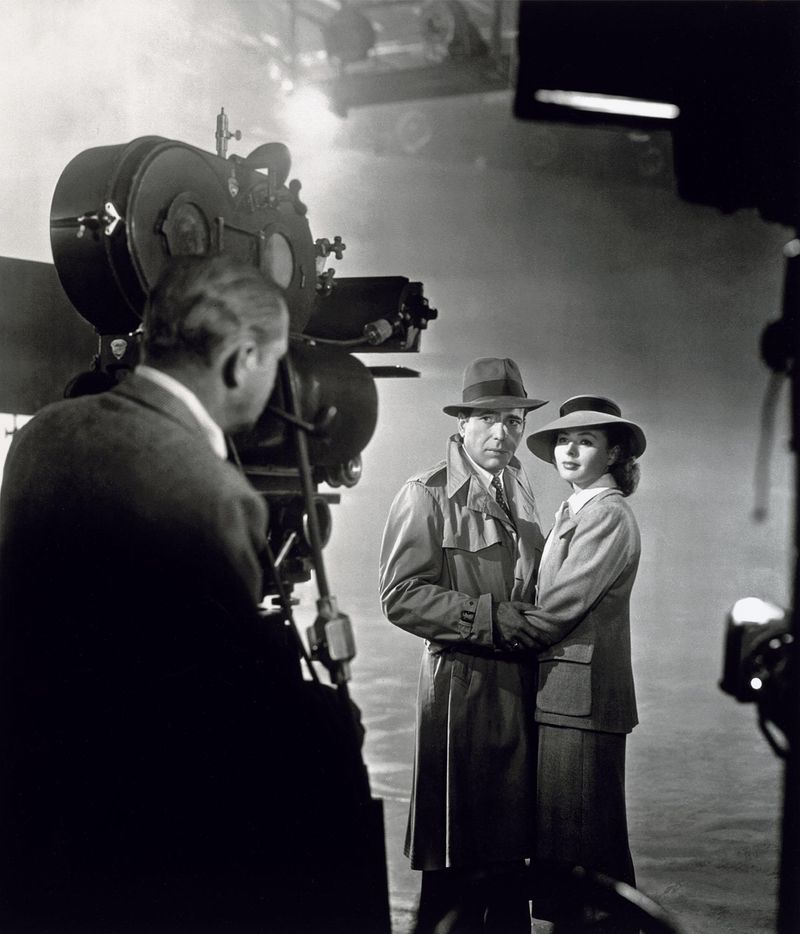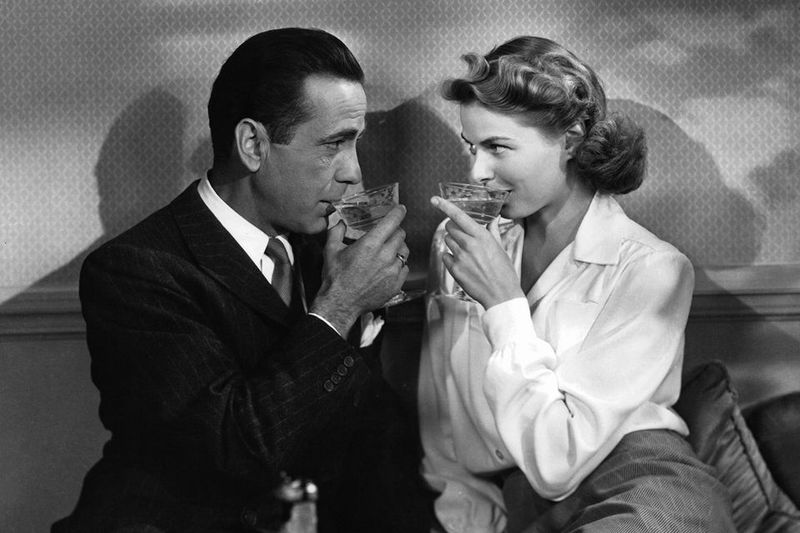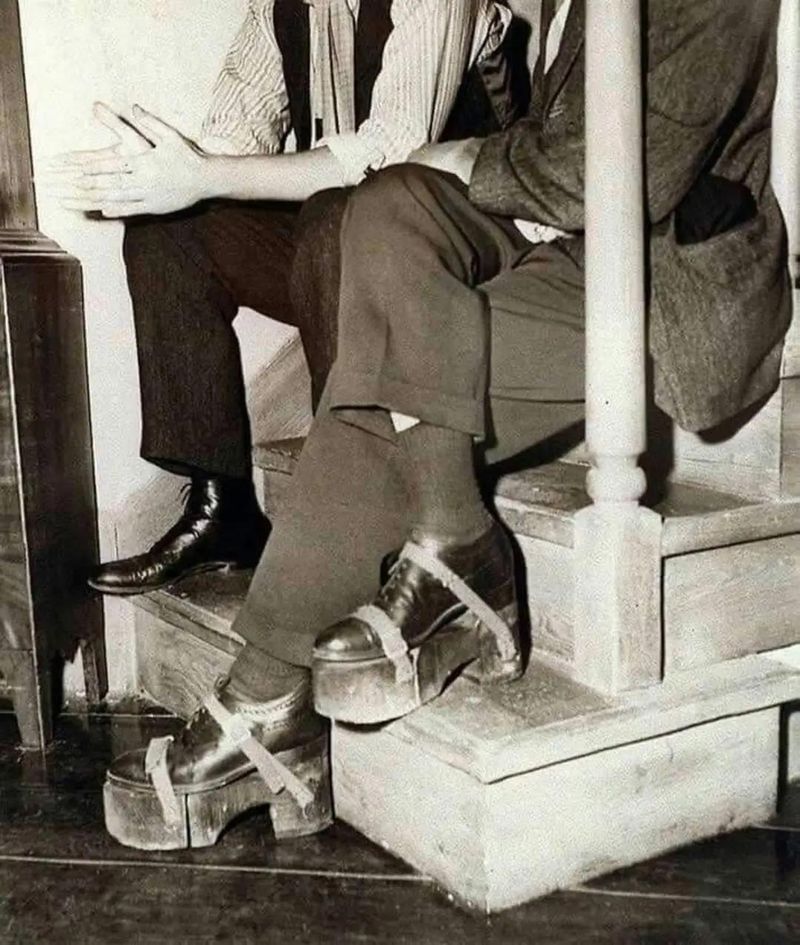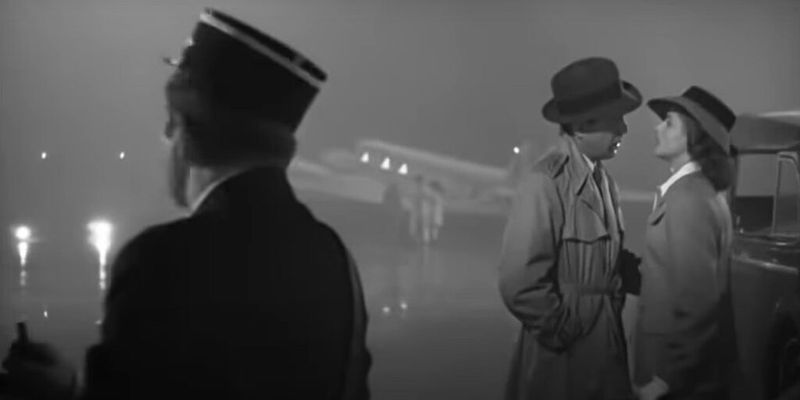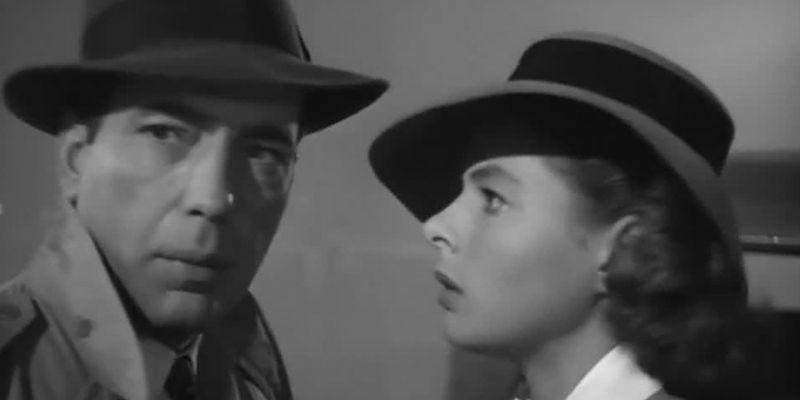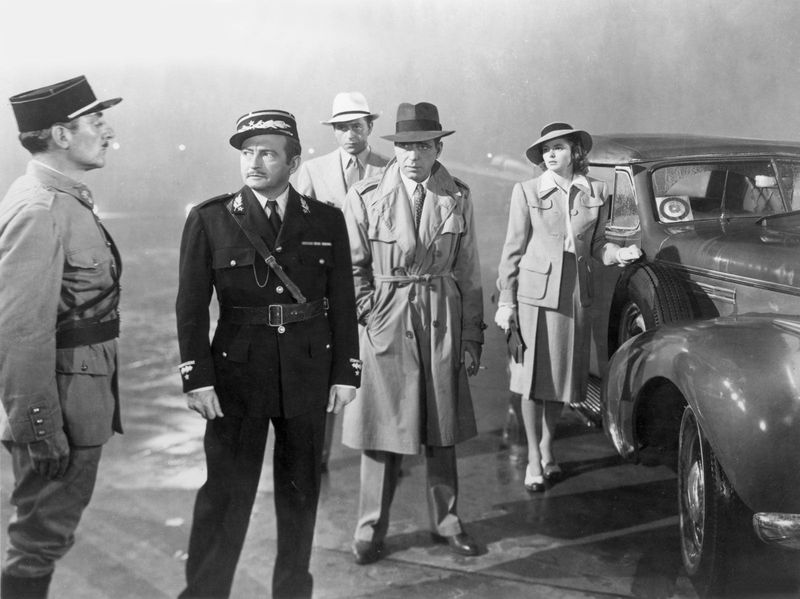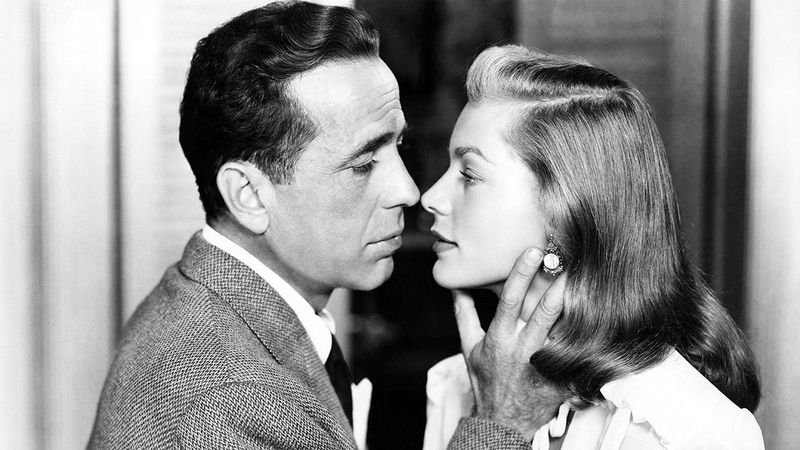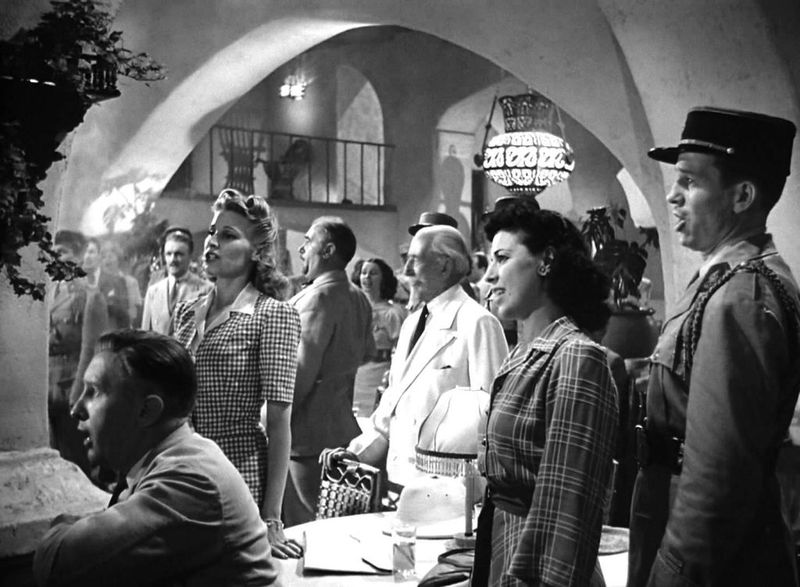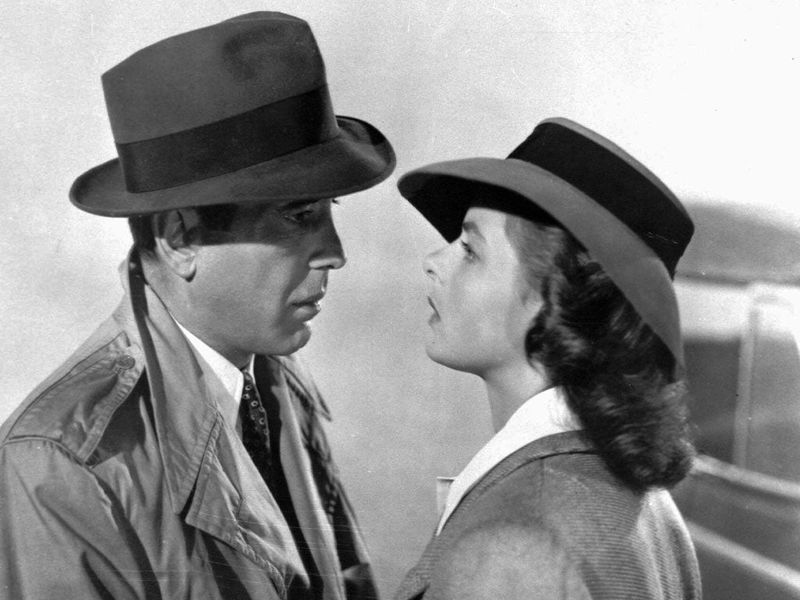Casablanca is one of the most enduring films in cinematic history, filled with memorable lines, iconic scenes, and a legacy that continues to capture hearts.
From its chaotic production to its timeless romance, the film is a treasure trove of fascinating tidbits.
Here are ten surprising facts that offer a glimpse into the magic behind the foggy romance of Rick and Ilsa.
1. The Script Was Written As They Filmed
Imagine trying to memorize lines that change every day! The screenplay of Casablanca was a work in progress throughout filming. Actors like Humphrey Bogart and Ingrid Bergman were handed new scripts daily, adding a layer of spontaneity and excitement.
This ever-evolving script kept the cast on their toes, never quite knowing what the next scene would bring. It was an exhilarating challenge, urging them to adapt swiftly.
This on-the-fly creativity is what contributed to the film’s authentic and dynamic feel, creating a timeless classic. A chaotic process led to cinematic brilliance.
2. “Here’s Looking at You, Kid” Was Improvised
One of the most unforgettable lines in movie history wasn’t even in the original script! Humphrey Bogart, with his rakish charm, improvisationally delivered “Here’s looking at you, kid.”
This phrase resonated so deeply with audiences that it became a quintessential part of the film’s identity. The line was repeated in multiple scenes, each time echoing with emotional depth.
Bogie’s knack for capturing moments of raw sincerity turned a simple ad-lib into an emblem of cinematic emotion. This unplanned addition became a hallmark of romantic nostalgia.
3. It’s Based on an Unproduced Play
Casablanca’s enchanting story didn’t originate on the silver screen but from a play titled Everybody Comes to Rick’s. Though never produced, the play captured the imagination of filmmakers who saw its potential.
This unproduced work provided a rich foundation for the movie, blending drama and romance seamlessly. It was a hidden gem, waiting to be polished for the world to see.
By adapting this play, the filmmakers crafted a narrative that has touched countless viewers. From stage to screen, the journey of this story is as captivating as the film itself.
4. Bogart Had to Stand on Boxes
Humphrey Bogart, the dashing lead, had a little secret: he was shorter than his co-star Ingrid Bergman. Standing at 5’8”, Bogart sometimes found himself on boxes or risers to match Bergman’s height.
This amusing behind-the-scenes trick ensured their on-screen chemistry remained visually perfect. Despite the height disparity, their chemistry sizzled, captivating audiences.
The magic of cinema often lies in these small details that create a seamless illusion. Bogart’s charismatic presence was never overshadowed, proving that stature isn’t just about height.
5. The Famous Airport Scene Was Mostly Miniatures
The iconic airport farewell scene, steeped in misty nostalgia, was filmed using miniatures. A small cardboard plane and little people actors portrayed ground crew, bringing the scene to life on a soundstage.
The use of fog and creative lighting added to the ethereal atmosphere, making it remarkably convincing. This clever technique illustrates the ingenuity of filmmakers, crafting a memorable scene with limited resources.
The emotional resonance of this farewell was heightened by these artistic choices, leaving a lasting impression on viewers. A blend of creativity and emotion at its finest.
6. Ingrid Bergman Didn’t Know Which Man She’d End Up With
Ingrid Bergman faced a unique challenge during the filming of Casablanca: she had no idea how the movie would end. The script was still developing, leaving her character’s romantic choice—whether to stay with Rick or leave with Laszlo—undetermined.
This uncertainty translated into her performance, infusing her scenes with genuine ambiguity. Audiences were captivated by her nuanced portrayal, feeling the weight of her decision.
Bergman’s graceful handling of this uncertainty added depth to her character, enhancing the film’s emotional complexity. An unpredictable plot twist kept everyone guessing.
7. It Was Rushed to Match Real-World Events
Casablanca’s release was strategically timed to coincide with significant historical events. The film was hurried to theaters to align with the Allied invasion of North Africa in 1942.
This connection to real-world events amplified its impact, resonating with audiences experiencing wartime tension. The urgency of the release imbued the film with immediacy, reflecting the global mood of anticipation and hope.
It was more than a movie; it became a cultural phenomenon, mirroring the era’s emotions. The timing was impeccable, reinforcing Casablanca’s enduring legacy.
8. Bogie Had Never Played a Romantic Lead Before
Before Casablanca, Humphrey Bogart was primarily known for his gritty roles as gangsters and tough guys. Stepping into the shoes of a romantic lead was uncharted territory for him.
This transformation showcased his versatility, revealing a softer, more vulnerable side that audiences had never seen. Bogart’s ability to convey both toughness and tenderness added a new dimension to his career.
His portrayal of Rick Blaine became iconic, forever cementing his status as a romantic hero. This unexpected casting choice enriched the film, adding depth and intrigue.
9. Many Cast Members Were Real Refugees
The authentic emotion displayed in Casablanca can be attributed to its diverse cast, many of whom were real-life refugees. These actors brought genuine experiences of displacement and longing to their roles, enriching the film with palpable sincerity.
Their personal histories infused scenes with realism, resonating deeply with audiences. The collaboration of these talented individuals created a tapestry of emotions that amplified the film’s impact.
By drawing from their own experiences, they added layers of authenticity to the narrative. A poignant reminder of art imitating life.
10. It Almost Had a Sequel
Believe it or not, Casablanca almost had a sequel! Multiple ideas were floated, including one where Rick and Ilsa reunite in Cuba. The temptation to continue their story was strong, but thankfully, these plans never materialized.
Preserving the film’s standalone legacy allowed it to maintain its iconic status. The allure of a sequel was undeniable, yet the decision to let Casablanca remain a singular masterpiece ensured its timeless appeal.
The magic of Rick and Ilsa’s story lies in its unresolved tension, leaving audiences to imagine their own endings.
